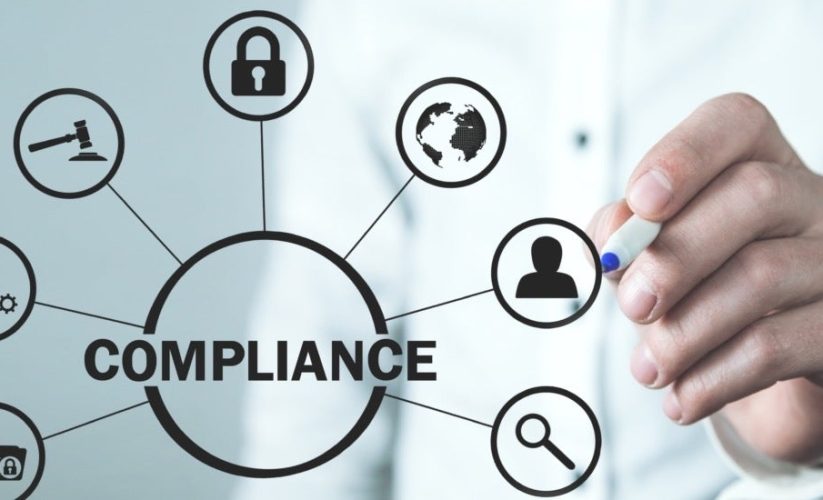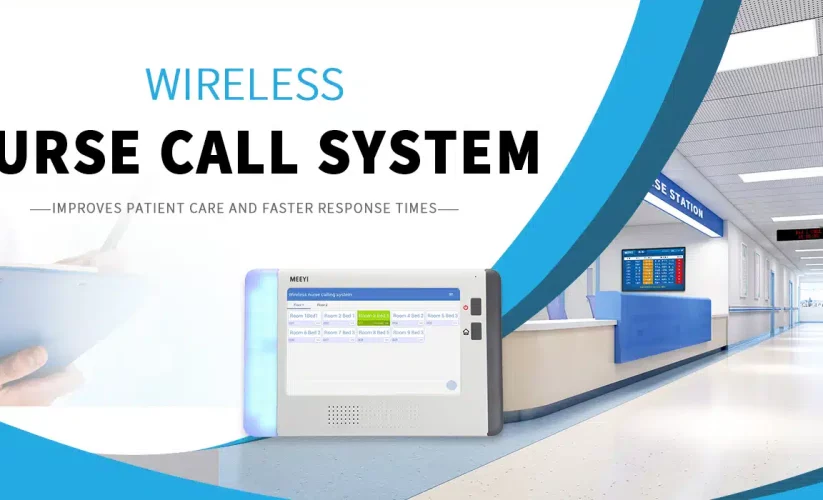
Implementing an Effective Compliance Monitoring Strategy
In today’s complex regulatory environment, organizations face significant challenges in ensuring adherence to laws and regulations. Compliance monitoring has become an essential component of effective corporate governance and risk management. An effective compliance monitoring strategy not only helps organizations avoid legal penalties but also fosters a culture of integrity and accountability. This article will explore the key steps in implementing a successful compliance monitoring strategy, its benefits, and best practices.
Understanding Compliance Monitoring
Compliance monitoring is the systematic process of assessing and ensuring that an organization adheres to applicable laws, regulations, and internal policies. This process includes ongoing evaluations, audits, and reporting mechanisms to identify compliance risks, monitor adherence, and implement corrective actions as needed. Effective compliance monitoring can safeguard organizations against legal violations and enhance their reputation in the marketplace.
The Importance of Compliance Monitoring
Organizations today operate in an increasingly regulated landscape. Non-compliance can lead to severe consequences, including financial penalties, reputational damage, and operational disruptions. Therefore, implementing a robust compliance monitoring strategy is critical for mitigating risks and ensuring long-term success.
Steps to Implement an Effective Compliance Monitoring Strategy
1. Define Compliance Objectives
The first step in developing a compliance monitoring strategy is to define clear compliance objectives. This involves identifying the specific regulations, standards, and internal policies that the organization needs to adhere to. Consider the following questions:
- What are the relevant laws and regulations applicable to the organization?
- What internal policies and standards must be enforced?
- What are the potential risks associated with non-compliance?
Defining these objectives will serve as a foundation for the compliance monitoring strategy.
2. Develop a Comprehensive Compliance Framework
A comprehensive compliance framework should outline the organization’s commitment to compliance and ethical conduct. Key components of this framework include:
- Policies and Procedures: Establish clear policies and procedures that define compliance expectations and responsibilities. These should be easily accessible to all employees and regularly updated to reflect changes in regulations.
- Roles and Responsibilities: Clearly define the roles and responsibilities of employees involved in compliance monitoring. Assign a compliance officer or team to oversee compliance efforts and ensure accountability.
3. Invest in Technology Solutions
Technology plays a crucial role in modern compliance monitoring. Investing in compliance management software can significantly enhance the effectiveness of monitoring efforts. Key features to consider include:
- Automated Tracking: Automated tools can help track compliance in real time, reducing the burden of manual oversight.
- Data Analytics: Advanced analytics can provide insights into compliance trends, helping organizations identify potential risks and areas for improvement.
- Reporting Capabilities: Ensure the technology solution offers robust reporting capabilities to generate compliance reports for management and regulatory bodies.
4. Conduct Regular Audits and Assessments
Regular audits and assessments are essential for evaluating the effectiveness of the compliance monitoring strategy. Organizations should implement a schedule for periodic reviews to:
- Assess adherence to compliance policies and procedures.
- Identify areas for improvement in compliance processes.
- Ensure that compliance monitoring systems are functioning as intended.
Audits can be conducted internally or by external auditors to provide an objective assessment.
5. Provide Comprehensive Training
Training is a critical component of an effective compliance monitoring strategy. Employees must be educated about relevant laws, regulations, and internal policies. Consider the following training approaches:
- Onboarding Training: New employees should receive comprehensive training on compliance policies and procedures during the onboarding process.
- Ongoing Training: Regular training sessions should be conducted to reinforce compliance principles and address any changes in regulations.
- Scenario-Based Training: Use real-life scenarios to illustrate compliance challenges and encourage employees to think critically about ethical decision-making.
6. Foster a Culture of Compliance
Creating a culture of compliance within the organization is essential for long-term success. To foster this culture:
- Encourage Open Communication: Establish open channels for employees to report compliance concerns without fear of retaliation. An anonymous reporting mechanism can encourage employees to speak up about potential violations.
- Recognize and Reward Compliance: Acknowledge employees who demonstrate a commitment to compliance and ethical behavior. This recognition can motivate others to prioritize compliance.
- Leadership Involvement: Leaders should model ethical behavior and emphasize the importance of compliance in their decision-making processes.
7. Monitor and Review Compliance Performance
Once the compliance monitoring strategy is implemented, organizations must continuously monitor and review its performance. Key metrics to track include:
- Compliance Breaches: Monitor the frequency and severity of compliance breaches to identify areas for improvement.
- Audit Findings: Analyze results from audits and assessments to evaluate the effectiveness of compliance processes.
- Employee Feedback: Solicit feedback from employees regarding the compliance monitoring strategy and any challenges they encounter.
Regularly reviewing compliance performance will enable organizations to adapt their strategies to changing regulatory environments and operational needs.
Benefits of an Effective Compliance Monitoring Strategy
- Risk Mitigation: Proactively identifying and addressing compliance risks can significantly reduce the likelihood of legal violations and associated penalties.
- Enhanced Accountability: A clear compliance framework fosters accountability among employees, promoting ethical behavior and adherence to policies.
- Improved Decision-Making: Access to real-time compliance data allows management to make informed decisions regarding risk management and resource allocation.
- Increased Trust and Credibility: Organizations that prioritize compliance monitoring build trust with stakeholders, enhancing their reputation in the marketplace.
- Streamlined Operations: Automated compliance monitoring reduces manual effort, allowing organizations to allocate resources more effectively and improve overall efficiency.
Conclusion
Implementing an effective compliance monitoring strategy is essential for organizations operating in today’s complex regulatory environment. By defining clear objectives, developing a comprehensive compliance framework, investing in technology, and fostering a culture of compliance, organizations can mitigate risks and ensure adherence to laws and regulations. As the business landscape continues to evolve, prioritizing compliance monitoring will not only protect organizations from legal repercussions but also enhance their reputation and operational efficiency.





